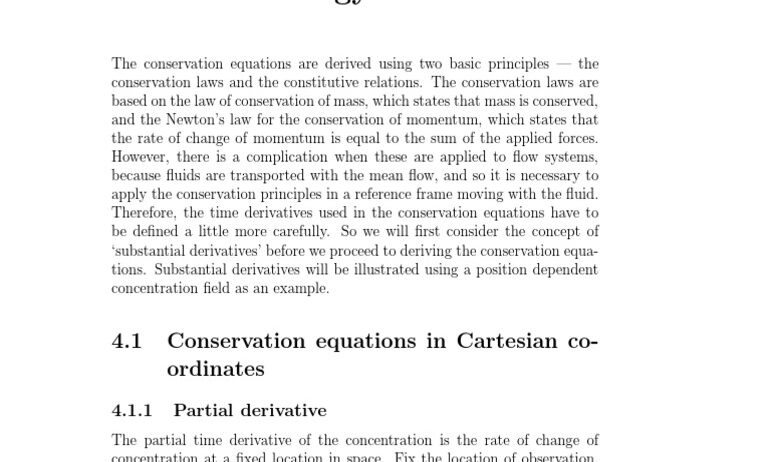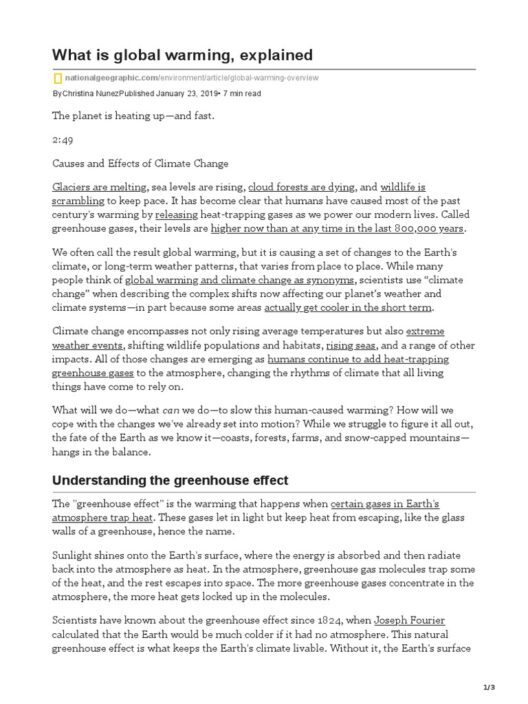Mass and energy conservation are two foundational principles in the realm of physics, each intricately woven into the fabric of our understanding of the universe. The inquiry into whether mass is truly conserved invites us into a complex interplay of scientific theories, experimental observations, and philosophical implications. This discussion aims to unpack the nuances surrounding mass and energy conservation, elucidating various aspects and implications of these concepts.
Historically, the principle of mass conservation posits that mass cannot be created or destroyed in a closed system. This tenet was famously articulated by Antoine Lavoisier in the 18th century, who demonstrated through meticulous experimentation that during chemical reactions, the mass of the reactants equaled the mass of the products. This rejection of phlogiston theory, which posited that substances contained an invisible fluid combusting during reactions, marked a pivotal moment in chemistry and laid the groundwork for modern scientific inquiry.
However, the advent of modern physics, particularly Einstein’s theory of relativity, has complicated the classical interpretation of mass conservation. Einstein’s groundbreaking equation, E=mc², reveals an intrinsic equivalency between mass and energy. This equation implies that mass can be converted into energy and vice versa. Consequently, in high-energy processes such as nuclear fission or fusion, the total mass of reactants may diminish in favor of energy release, challenging the simplistic notion of mass conservation. In these processes, while mass appears to vanish, energy conservation remains intact, as the total energy—including that transformed from mass—persists. Thus, it raises a provocative question: can we simultaneously uphold the integrity of both mass and energy in accordance with the laws of physics?
To delve deeper into the conservation of energy, one must consider its different manifestations within a system. Energy manifests in various forms—kinetic, potential, thermal, chemical, and more—each adhering to the principle of conservation. The law of conservation of energy states that energy cannot be created or destroyed but can transition from one form to another. This is vividly observed in mechanical systems, where potential energy converts into kinetic energy during the descent of an object, adhering to the conservation principle.
The interplay between mass and energy further extends into the realm of thermodynamics, where energy transfers and transformations necessitate consideration of entropy. Entropy serves as a measure of disorder within a system, and according to the second law of thermodynamics, entropy tends to increase over time in an isolated system. The implications of this are significant, particularly in ecological systems and processes involving energy transfers. The efficiency of energy conversions is always limited, yielding heat loss and increasing entropy, which further complicates the pursuit of energy conservation in practical applications.
Furthermore, the discussions surrounding the conservation of mass and energy have profound implications for environmental sustainability. The depleting resources of our planet necessitate a re-evaluation of our energy consumption patterns. Understanding the conversions and flow of energy within ecosystems can aid in developing strategies for sustainable energy use. For instance, in a forest ecosystem, the energy captured by plants through photosynthesis underscores the conversion of solar energy into chemical energy, which then flows through the food chain. This cyclical flow of energy signifies conservation at an ecological scale, reminding us of the critical interdependence within natural systems.
Additionally, the conversion of mass to energy has practical applications in contemporary technology. Nuclear power plants harness the principles of mass-energy equivalence to generate substantial amounts of energy from relatively small amounts of fuel. This juxtaposition highlights the ongoing relevance of mass-energy considerations in addressing contemporary energy challenges. As we innovate new methods for harnessing energy, such as in renewable sources like solar or wind, the efficient utilization of energy becomes paramount. This requires a nuanced understanding of energy transformations and their respective efficiencies.
Moreover, the question of mass and energy conservation extends into theoretical realms such as cosmology. The Big Bang theory postulates an origin event where the universe expanded from an exceedingly hot and dense state. The implications of mass and energy in this context extend beyond simple conservation, invoking considerations of dark matter, dark energy, and the overall fate of the universe. These cosmic mysteries embody the ongoing quest for knowledge and the profound recognition of our place within the cosmos.
In conclusion, the dialogues surrounding the conservation of mass and energy are complex, interlaced with scientific discoveries and philosophical inquiries. The traditional notions of mass conservation have evolved under the scrutiny of modern physics, revealing a more comprehensive understanding of the interconnectedness of mass and energy. The implications of these principles echo throughout the natural world, influencing environmental sustainability, energy efficiency, and our comprehension of cosmic forces. As we navigate the challenges of the modern era, a steadfast commitment to understanding and applying these conservation principles will be pivotal in ensuring a sustainable future for our planet and beyond. By fostering a holistic comprehension of mass and energy conservation, we can better equip ourselves to tackle pressing global issues.








